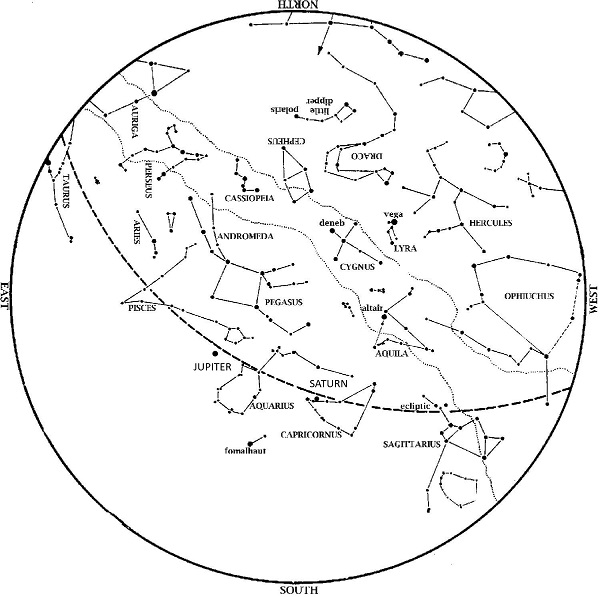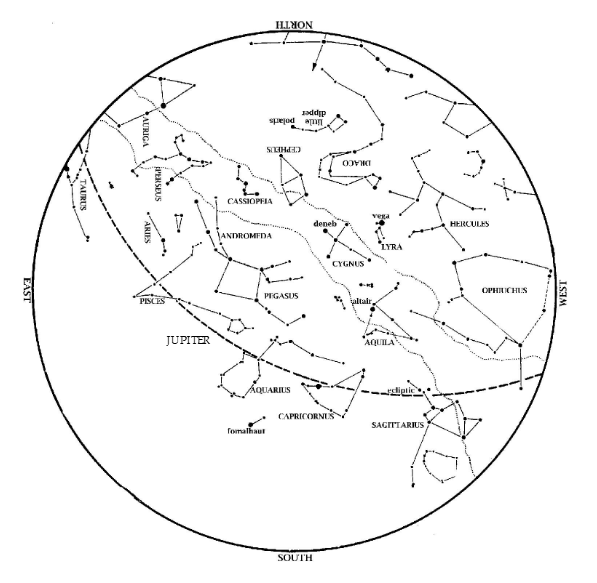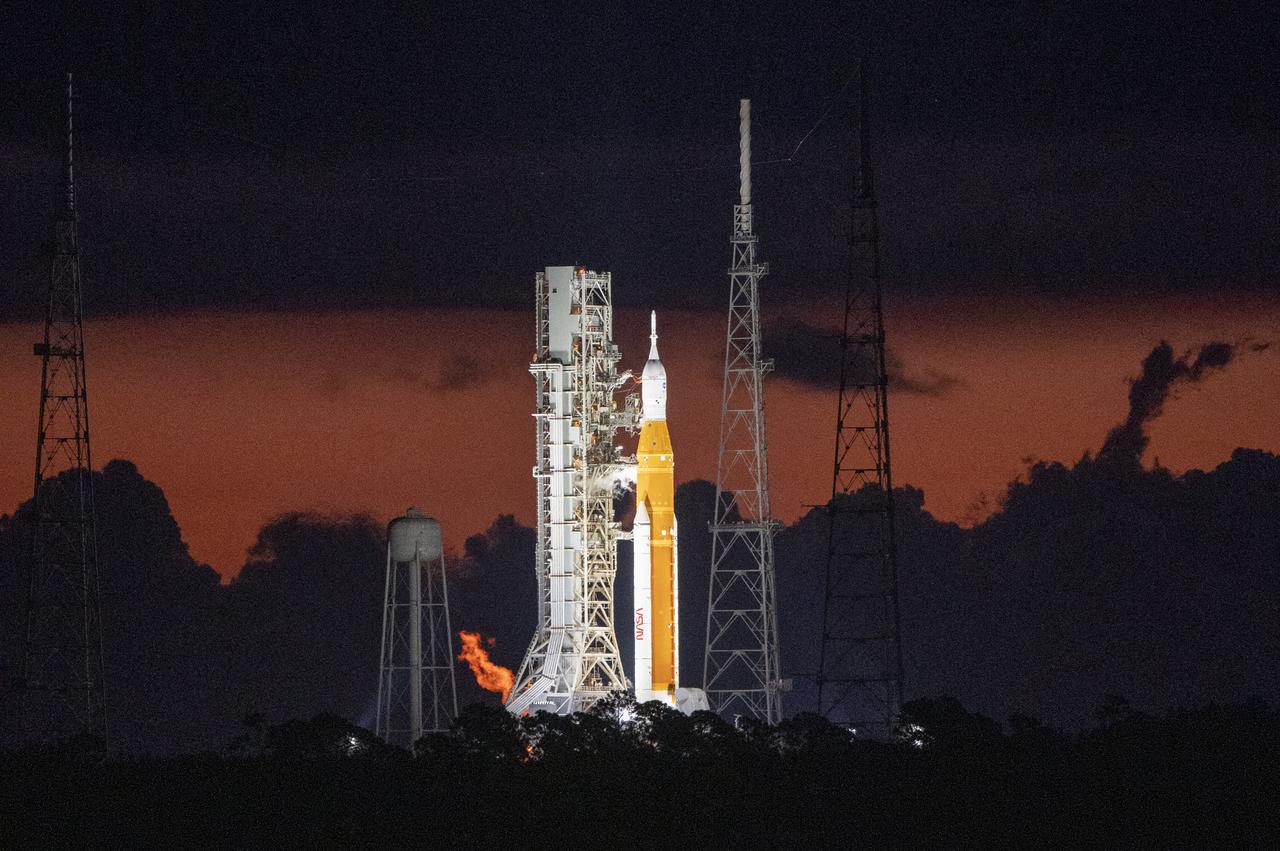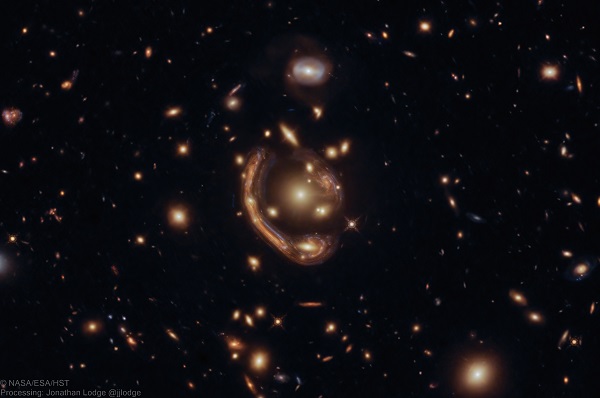
This star map shows the Houston sky at 8 pm CDT on November 1, 7 pm CST on November 15, and dusk on November 30. To use the map, put the direction you are facing at the bottom.
The Summer Triangle is high in the west. This consists of the brightest stars in Cygnus, Lyra, and Aquila. The ‘teapot’ of Sagittarius sets in the southwest, with Mars to its left. Pegasus, the Flying Horse, is high in the east. To the south and east, we see a vast dim area of stars known as the ‘Celestial Sea’, where only Fomalhaut stands out.
This month, Mars remains in the southwest at dusk this month as it pulls away from the teapot of Sagittarius. Mars continues to fade a little each night as Earth continues to leave it farther behind.
Jupiter is now higher in the east at dawn; it is the brightest thing there.
Venus is passing behind the Sun and thus out of sight this month. Superior conjunction (Venus in line with the Sun, on the far side of the Sun) was on October 25.
Saturn is also out of sight behind the Sun this month. Conjunction with the Sun is on November 18.
The Summer Triangle now shifts towards the west as the Great Square of Pegasus appears higher, approaching the zenith. As the autumn ‘intermission’ in between the bright stars of summer and winter continues, Houstonians with a clear southern horizon can try to find a star that few Americans get to see. Due south and very low to the horizon at about 10:00 pm in mid-November is Achernar, 9th brightest star in the sky. It marks the end of the river Eridanus, one of the dim watery patterns that fill the southern autumn sky. If you can find it, Achernar will seem of average brightness because it is shining through so much air. Still, it is a good way to remind yourself that the stars we see depend on our latitude, and that the sky on the Gulf Coast is similar to, but not the same as, what most Americans see.
Moon Phases in November 2014:
Full: November 6, 4:22 pm
Last Quarter: November 14, 9:17 am
New: November 22, 6:31 am
1st Quarter: November 29, 4:06 am
Our annual Astronomy Day at the George Observatory is this Saturday, November 8! On Astronomy Day we have activities from 3-10 pm, and all of the telescopes, even the ones that normally cost $5 to look through, are free. What’s more, the weather looks just great so far! Surf to www.astronomyday.net for more information.
Click here for the Burke Baker Planetarium Schedule.
On clear Saturday nights at the George Observatory, you can hear me do live star tours on the observation deck with a green laser pointer. If you’re there, listen for my announcement.







